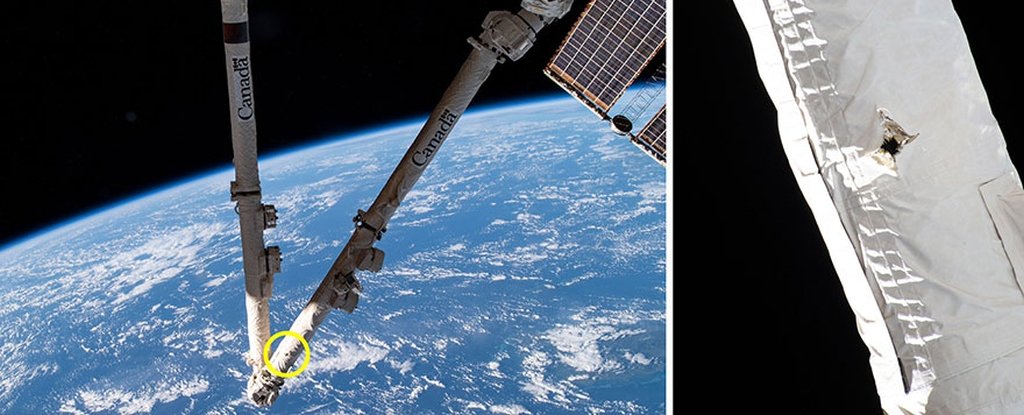
Britain’s Embrace of the Bomb
At 2:15 A.M. on January 29th, the United States National Geospatial-Intelligence Agency issued a Hazardous Operations warning for a stretch of ocean from the waters off Port Canaveral, Florida, to some empty waves in the middle of the South Atlantic, about a thousand miles off the coast of Liberia. The operation in question was the firing of a Trident-II D5 ballistic missile, which weighs fifty-eight tons, from H.M.S. Vanguard, one of Britain’s nuclear attack submarines. The Vanguard had recently completed a seven-year, five-hundred-million-pound refurbishment and was there to show that it was ready to go back on patrol. Such tests are called Demonstration and Shakedown Operations (DASOs). Since the late nineteen-sixties, the United Kingdom’s nuclear arsenal has consisted, principally, of a small fleet of British-made submarines carrying U.S.-made missiles with British plutonium warheads on top. The system is notionally independent, but the entire architecture relies on American good will, and hardware, to function. The Royal Navy owns its Trident missiles much like a time-share; they are drawn from a shared pool at the U.S. Strategic Weapons Facility, in Georgia. DASOs are occasions for British and American military bigwigs to catch up over drinks at the hotel—“a mix of a jolly and a reunion,” as a British parliamentary hearing was told in 2017, “with the launch of an intercontinental ballistic missile thrown in.”
There was some pressure for a good show. During the last British DASO, in June, 2016, the Trident, instead of heading farther out to sea, took off in the direction of Florida before self-destructing. That mishap, which was the first time a British Trident test had gone wrong since the system entered service, in 1994, was kept secret for six months. For this year’s launch, Grant Shapps, the British Defense Secretary, was on board the Vanguard, as was the First Sea Lord Admiral Ben Key, the head of the Royal Navy. This DASO was a damp squib as well. The Sun reported that, after the missile rose into the air from the submerged Vanguard, its boosters did not properly ignite. “It left the submarine but it just went plop, right next to them,” a source told the newspaper. The Trident sank to the bottom of the sea.
Leave a Comment
Related Posts

“The core of the devil”: what the third atomic bomb that the US was preparing to drop on Japan was like (and the two fatal accidents it caused)
Comment


















